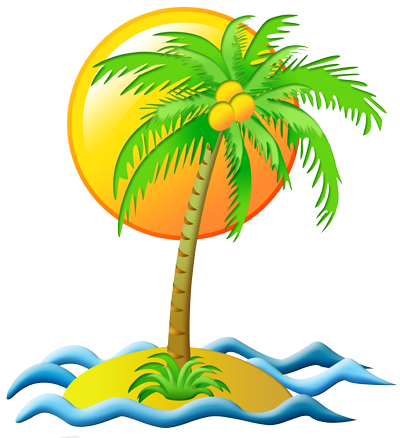 |
Jan & Jan-Jan's Rejseklubben is an exclusive club, with only 2 members, and we do NOT accept new members. |
 |
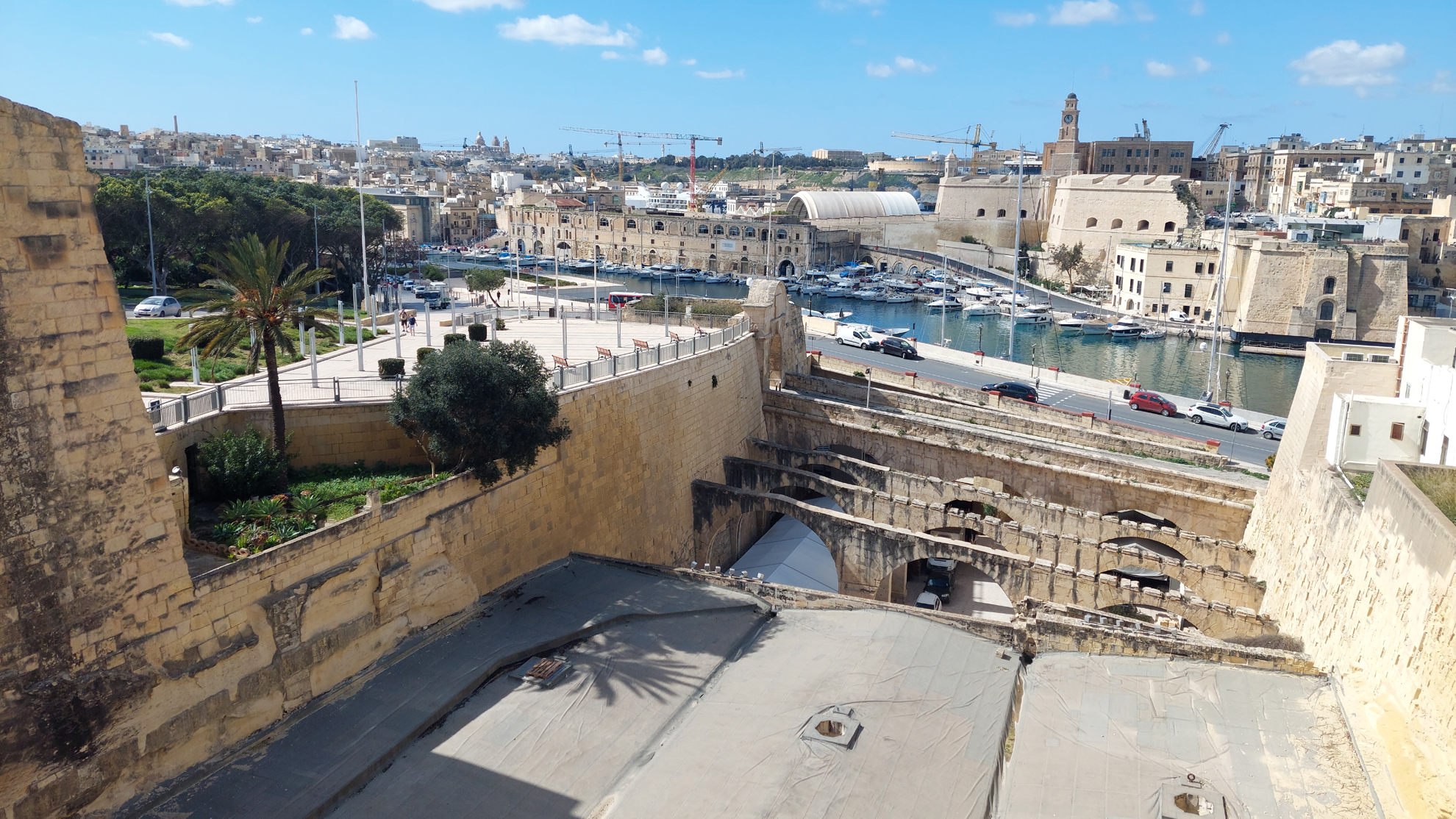
Valletta is an administrative unit and the capital of Malta. Located on the main island, between Marsamxett Harbour to the west and the Grand Harbour to the east, its population within administrative limits in 2014 was 6,444. According to the data from 2020 by Eurostat, the Functional Urban Area and metropolitan region covered the whole island and has a population of 480,134. Valletta is the southernmost capital of Europe, it is the European Union's smallest capital city. Valletta's 16th-century buildings were constructed by the Knights Hospitaller. The city was named after Jean Parisot de Valette, who succeeded in defending the island from an Ottoman invasion during the Great Siege of Malta. The city is Baroque in character, with elements of Mannerist, Neo-Classical and Modern architecture, though the Second World War left major scars on the city, particularly the destruction of the Royal Opera House. The city was officially recognised as a World Heritage Site by UNESCO in 1980.The city has 320 monuments, all within an area of 0.55 square kilometres, making it one of the most concentrated historic areas in the world. Sometimes called an "open-air museum", Valletta was chosen as the European Capital of Culture in 2018. Valletta was also listed as the sunniest city in Europe in 2016. The city is noted for its fortifications, consisting of bastions, curtains and cavaliers, along with the beauty of its Baroque palaces, gardens and churches. |
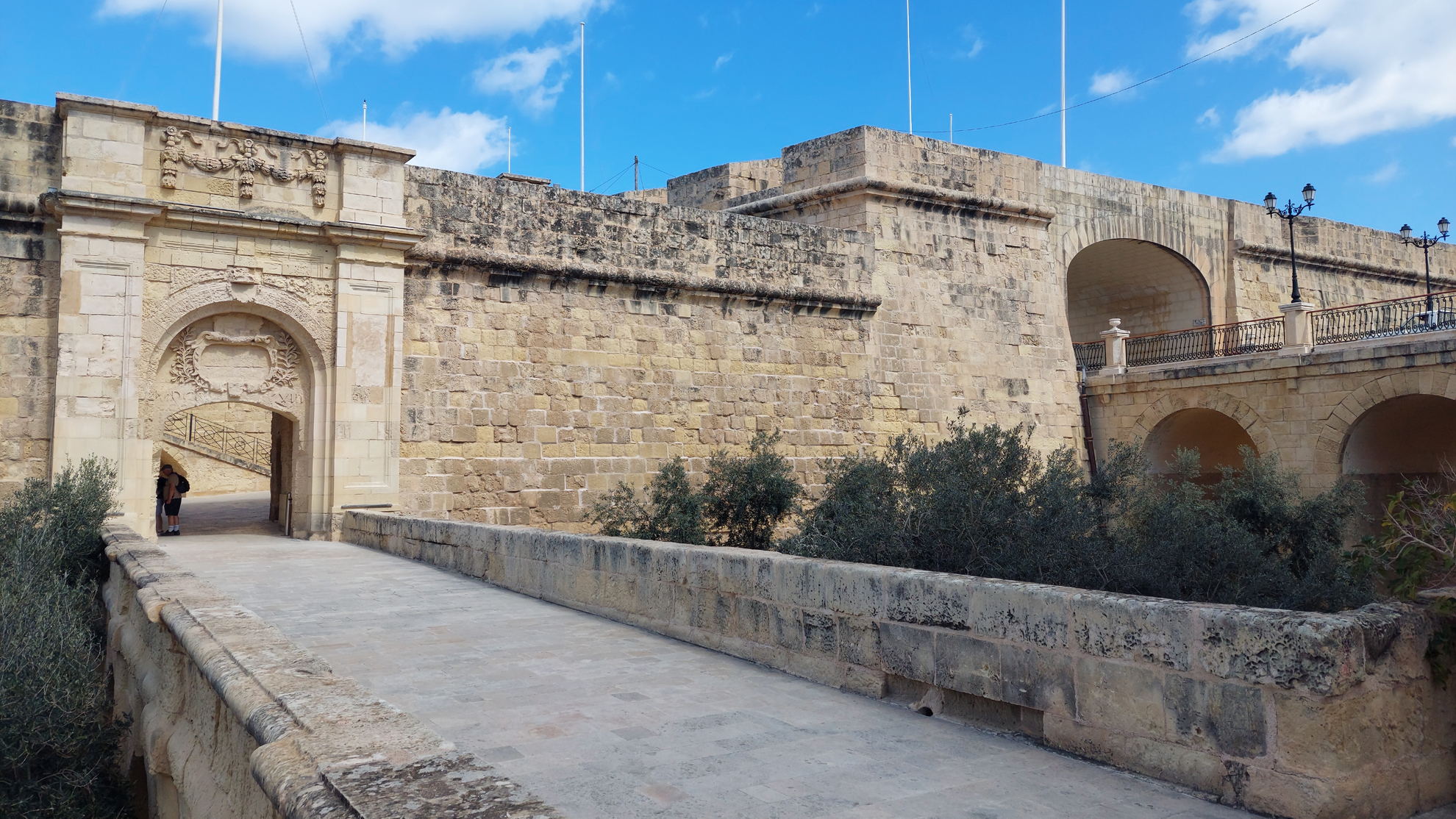 (Valletta) |
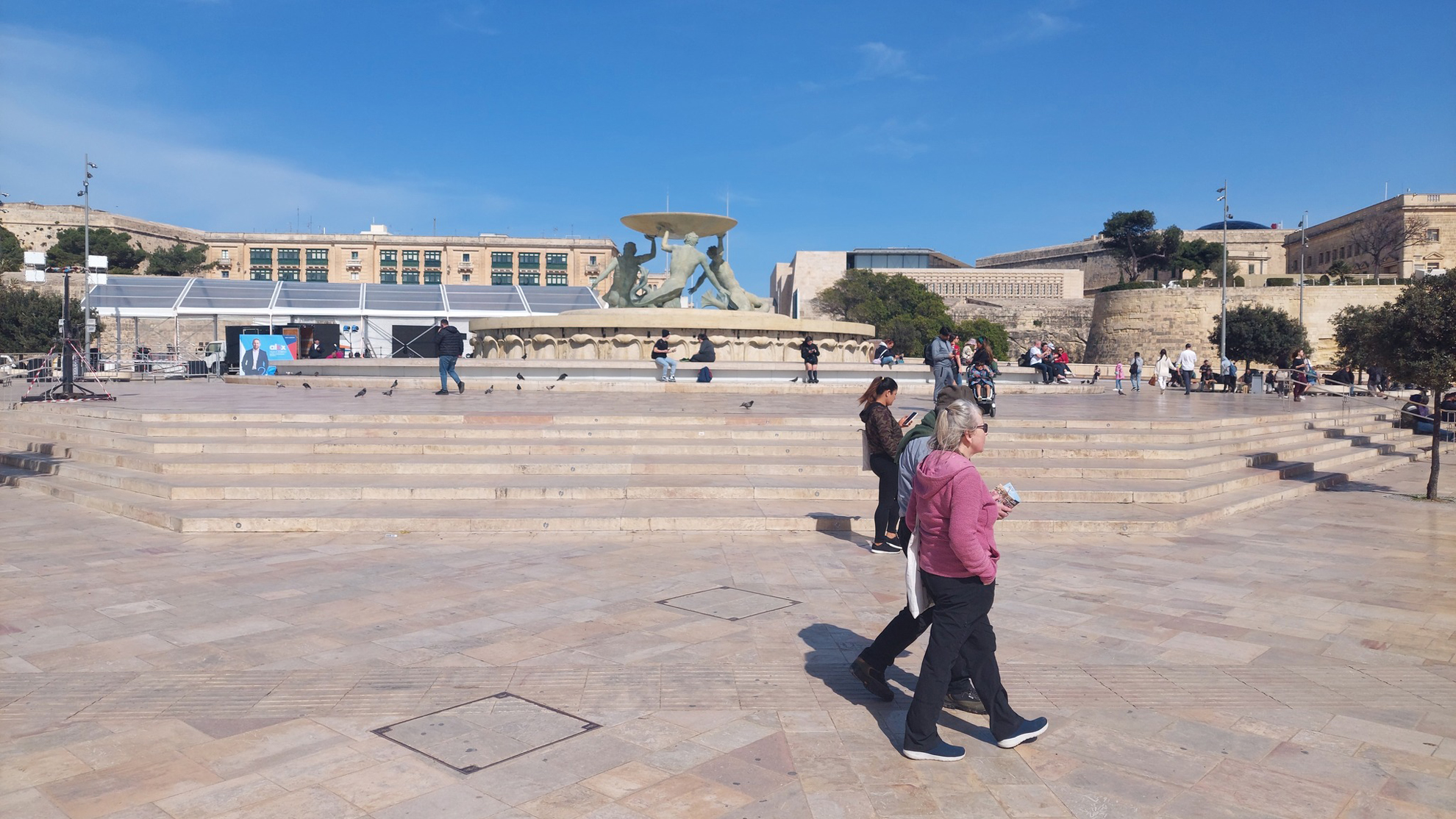 (Valletta) |
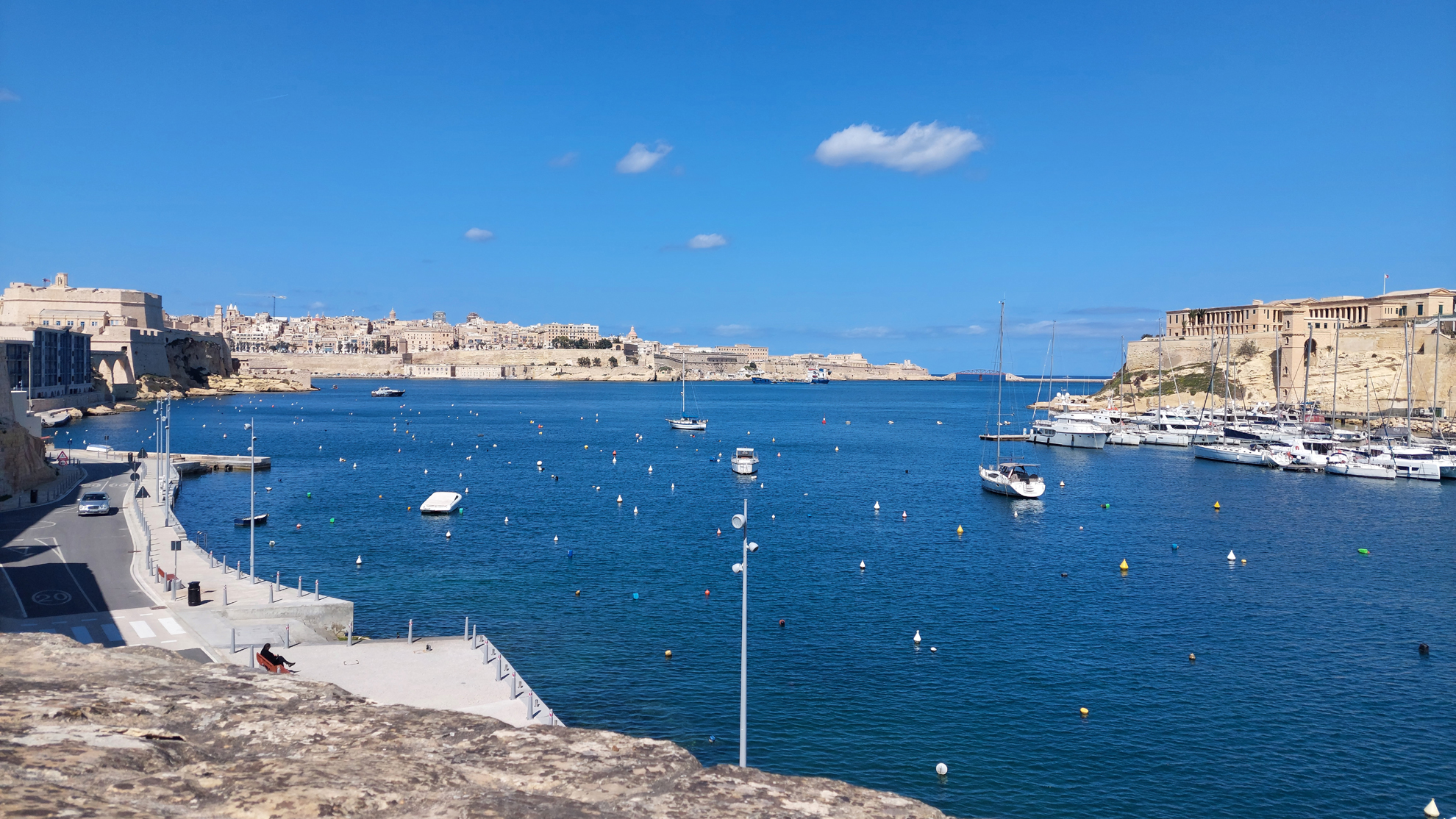 (Valletta) |
In 1798, the French invaded the island and expelled the Order. After the Maltese rebelled, French troops continued to occupy Valletta and the surrounding harbour area, until they capitulated to the British in September 1800. In the early 19th century, the British Civil Commissioner, Henry Pigot, agreed to demolish the majority of the city's fortifications. The demolition was again proposed in the 1870s and 1880s, but it was never carried out and the fortifications have survived largely intact. Eventually building projects in Valletta resumed under British rule. These projects included widening gates, demolishing and rebuilding structures, widening newer houses over the years, and installing civic projects. The Malta Railway, which linked Valletta to Mdina, was officially opened in 1883. It was closed down in 1931 after buses became a popular means of transport. In 1939, Valletta was abandoned as the headquarters of the Royal Navy Mediterranean Fleet due to its proximity to Italy and the city became a flash point during the subsequent two-year long Siege of Malta. German and Italian air raids throughout the Second World War caused much destruction in Valletta and the rest of the harbor area. The Royal Opera House, constructed at the city entrance in the 19th century, was one of the buildings lost to the raids. |
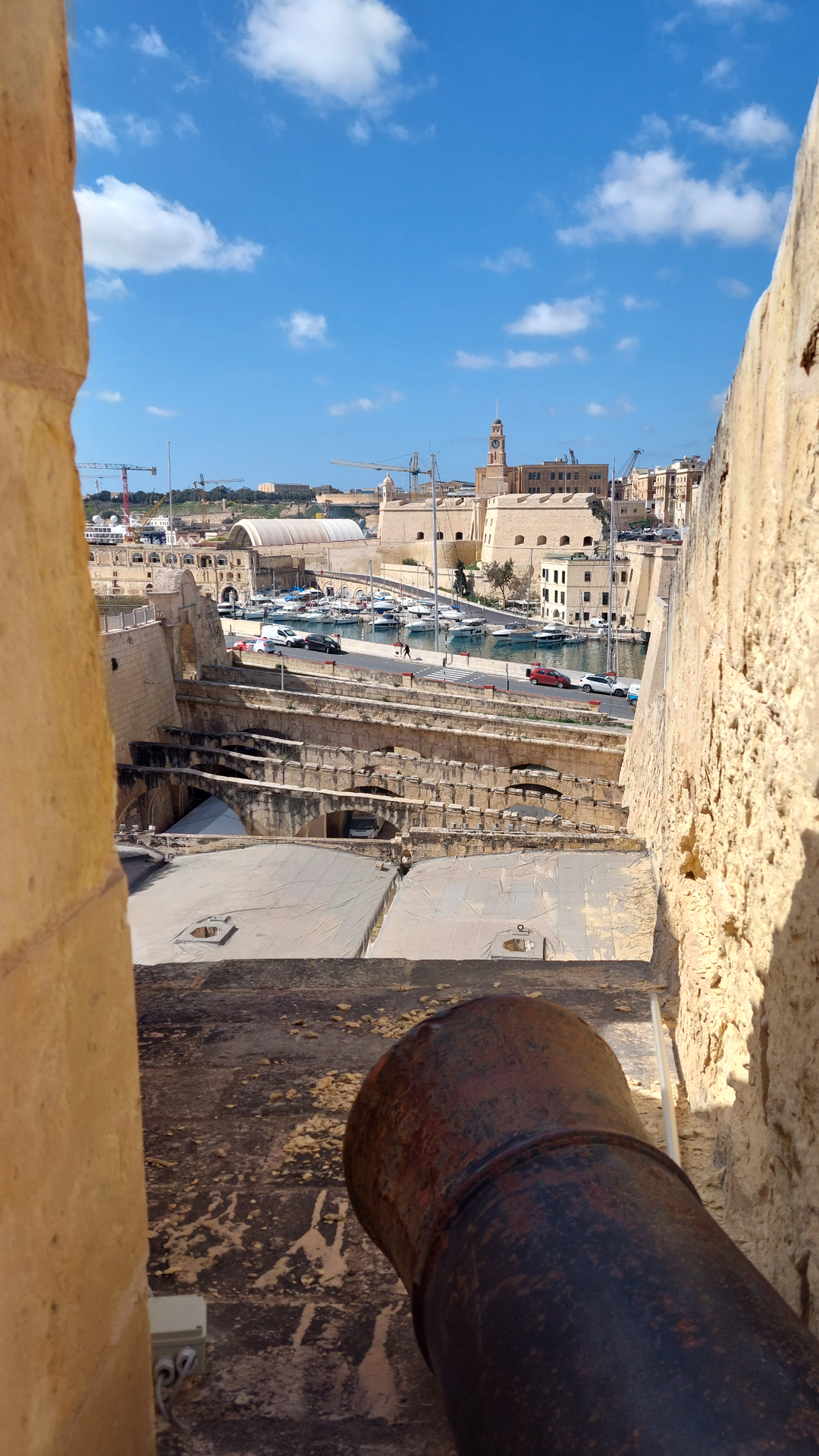 (Valletta) |
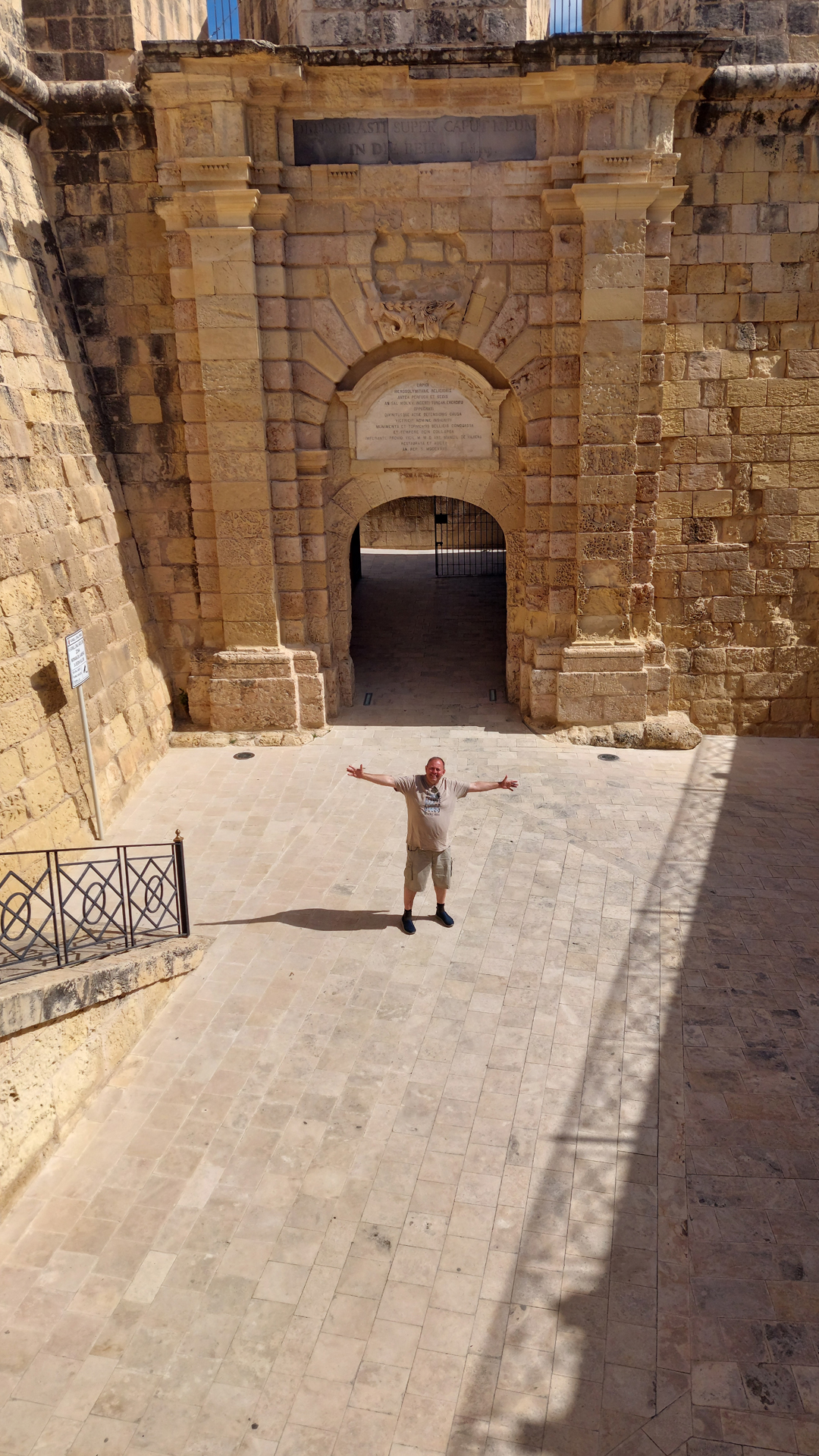 (Valletta) |
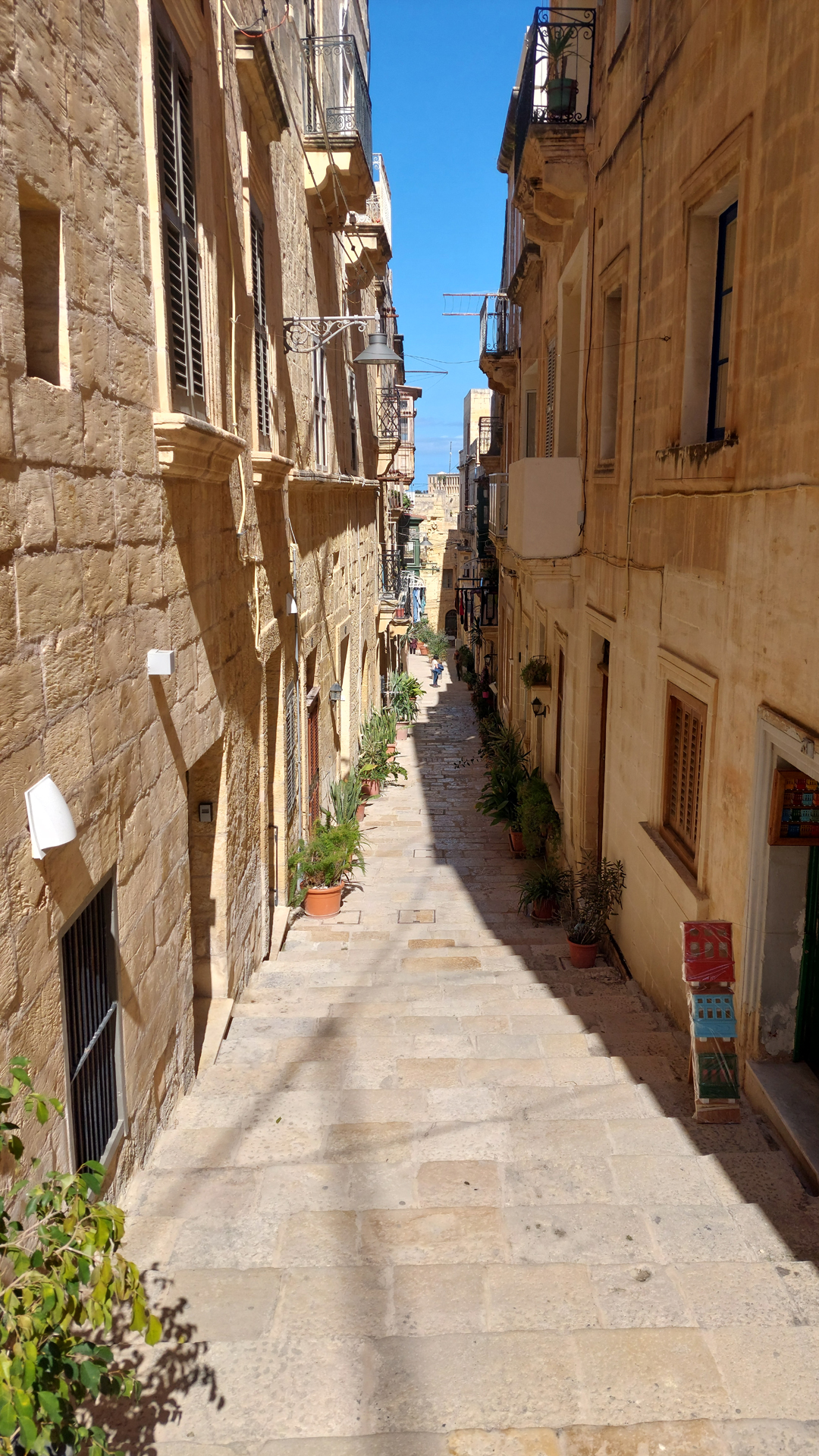 (Valletta) |
 |
www.rejseklubben.info Copyright © All Rights Reserved |
 |